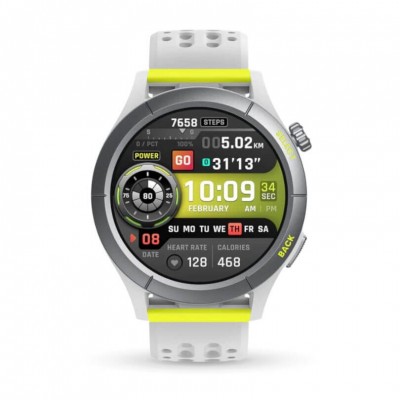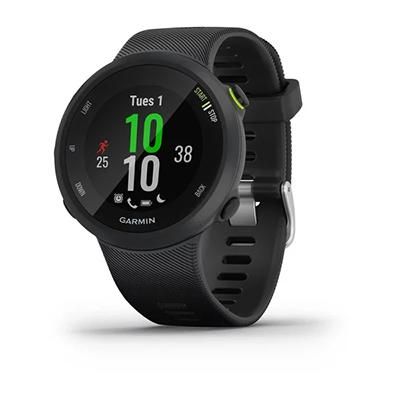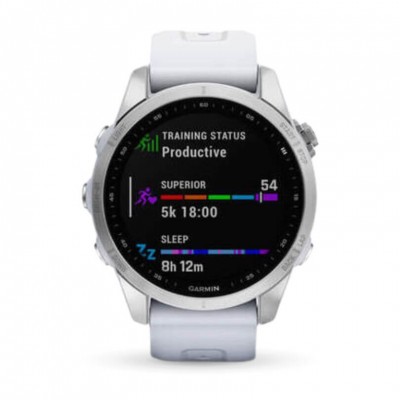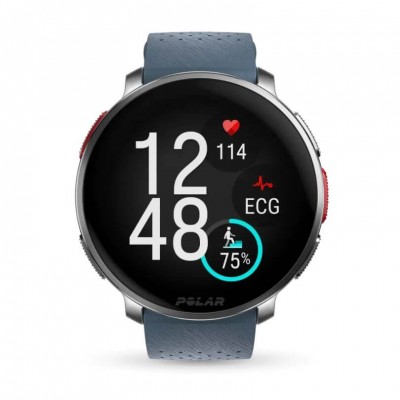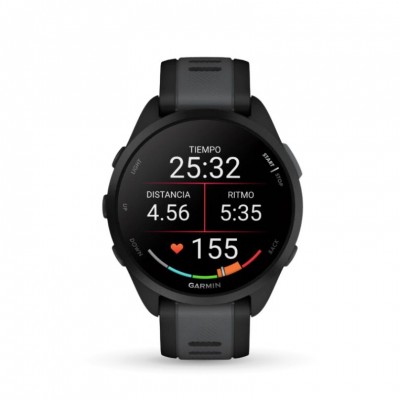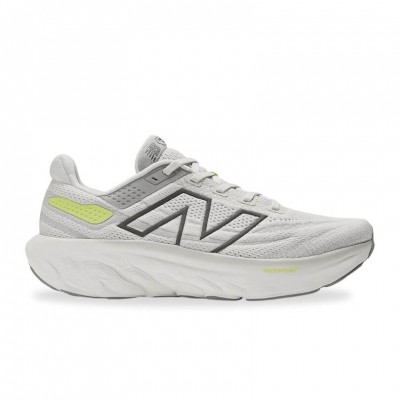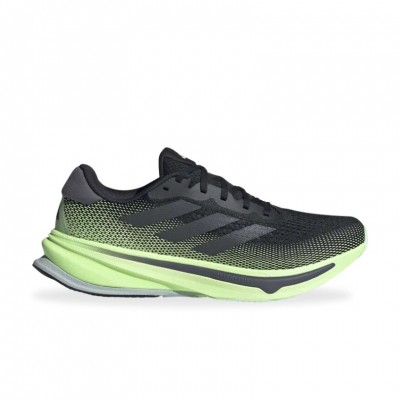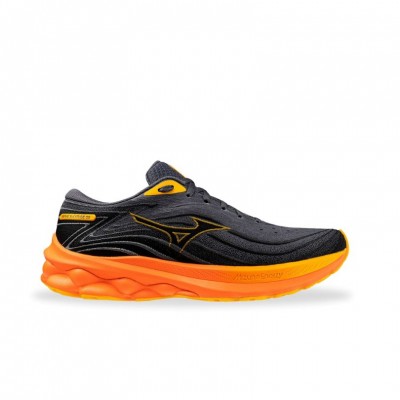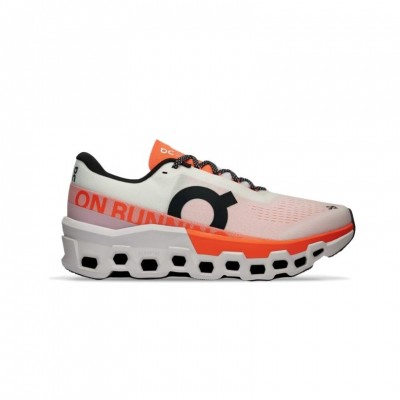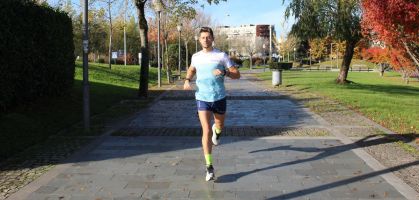Zone 2 training focuses on an intensity where the heart rate is maintained between 60 and 70% of the athlete's maximum heart rate. This zone is key to aerobic development as it promotes the utilization of oxygen for energy production. It is also essential for popular runners looking to improve their endurance and performance in the long term. In RUNNEA we are going to tell you how this type of training can help you improve as a runner and also allow you to enjoy running and get injured less.
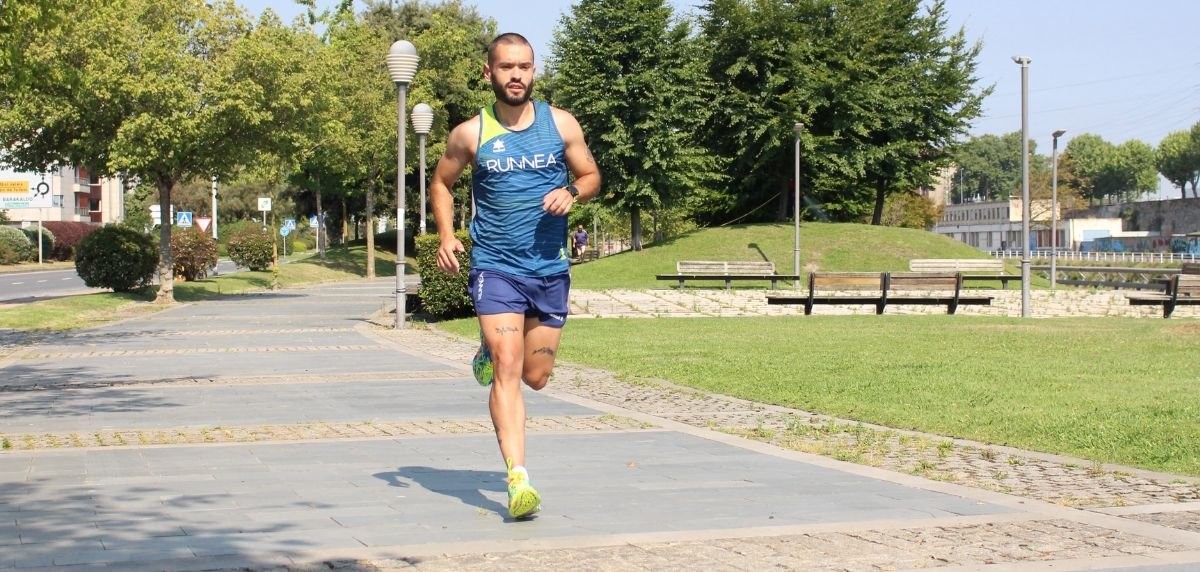
Physiological adaptations of Zone 2 training
When training in Zone 2 (i.e. between 60 of your maximum heart rate), the heart adapts to pump blood more efficiently. This means that your heart can deliver oxygen to your muscles with less effort. This translates into a lower heart rate both at rest and during physical activity.
Aerobic capacity: Regular exercise in this Zone 2 increases the muscles' ability to use available oxygen. And this allows runners to maintain sustained effort for longer periods, crucial in distance running. In other words, you're going to be able to run for longer and therefore more kilometers at the same pace.
Muscle and mitochondrial development: Zone 2 stimulates the growth of mitochondria in muscle cells. Mitochondria are 'power plants' that help generate energy more efficiently during prolonged exercise.
How can I implement this type of training
The first thing you should know is that it's not complicated. For a popular runner, integrating Zone 2 sessions requires a balanced approach. You should include Zone 2 workouts along with higher intensity sessions that will help you significantly improve endurance and overall performance.
The use of heart rate monitoring devices will be essential for this. Only in this way will you initially know that you are training in Zone 2. These devices will help you train at the correct intensity, avoiding the risk of over- or under-training.
Identifying and maintaining Zone 2 in Running
The least accurate option: You have to subtract your age from 220. This way you get an approximate range of your maximum heart rate (MHR). Then calculate 60 of this HRF. This is the least recommended option, but it can help you get a rough idea of the effort involved in running in Zone 2.
Sports watch: You can make a maximum effort in running. For example, try to run 3 kilometers at the maximum speed you are able to endure (always after a good warm-up). Your sports watch will tell you your maximum heart rate (better if you do the test with a watch with a chest strap). Then you only have to calculate 60 of this HRF.
Stress testing: This is our recommended option. Perform a test in a laboratory or with the help of a trainer to determine the real HRM. It will concretely tell you your different training zones.
Once you have identified Zone 2, staying within this range during training is crucial.
Example: A 30-year-old runner has an estimated heart rate of 190 beats per minute. His Zone 2 would be between 114 and 133 beats per minute60 of 190). During a long workout, he should strive to keep his heart rate within this range to optimize the benefits of Zone 2 training.

Maintenance in Zone 2
Maintenance in this zone is going to involve you running at a pace where your breathing is comfortable and you can talk without too much difficulty. You should not reach a level of effort where your breathing is heavy or choppy.
Example of a half marathon training week implementing Zone 2
- Monday: Rest or light recovery activity.
- Tuesday: Zone 2 workout, 45 minutes at moderate pace.
- Wednesday: Interval or speed training session.
- Thursday: Rest or light recovery activity.
- Friday: Interval or speed training session.
- Saturday: Zone 2 workout, gradually increasing to 60 minutes.
- Sunday : Long Zone 2 workout, gradually increasing to 80-90 minutes.
Extended Benefits of Zone 2 Training for Road Runners
Zone 2 training goes beyond improving cardio efficiency and aerobic capacity; it has comprehensive health and performance benefits:
Improved energy management: Zone 2 helps runners develop better efficiency in using fat as an energy source, which is crucial for long runs.
Reduced stress and improved mental well-being: Running in this zone, being less intense, is much more relaxing and meditative, helping to reduce stress.
Increased training consistency: By being less demanding, Zone 2 allows runners to maintain regular training without the risk of overtraining or excessive fatigue.
Improved post-exercise recovery: Moderate training in Zone 2 facilitates faster recovery, allowing runners to be ready for their next more intense training session.
Increased endurance capacity: In the long run, runners develop better endurance, allowing them to run longer and longer distances with less effort.
Recovery and Injury Prevention through Zone 2 Training
Zone 2 training is also a fundamental tool for recovery and injury prevention in runners:
Running in Zone 2 stimulates blood circulation without overloading the body, facilitating muscle recovery and toxin elimination.
By reducing the intensity, stress on muscles and joints is reduced, which is crucial for preventing common injuries in runners. Alternating high intensity sessions with Zone 2 training helps to avoid overtraining, balancing stress and recovery.
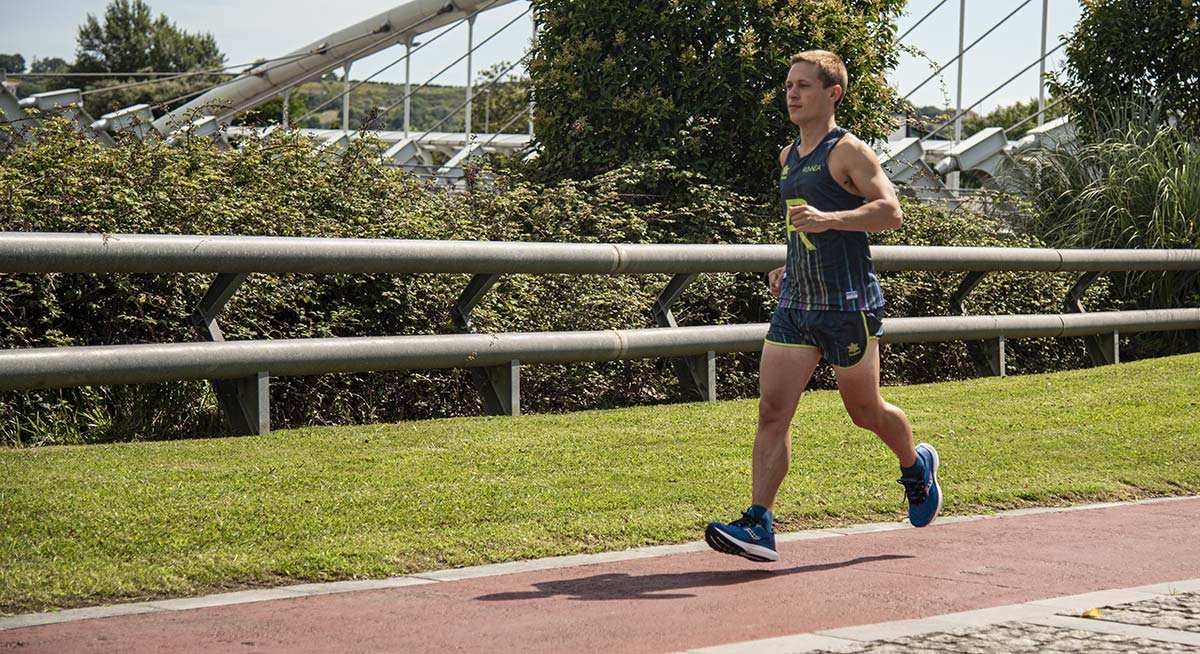
To effectively integrate Zone 2 training into the routine of a recreational runner, consider the following:
Listen to your body: adjust intensity according to your body sensations and fatigue levels.
Variety in training: Combine Zone 2 training with other types of training to improve different aspects of performance. Sets, tempo changes, hills.
Long-term planning: Gradually incorporate more Zone 2 time over several weeks or months.
Consult professionals: Consider working with a coach to develop a safe, personalized training plan.
Ideal runningShoes for Zone 2running
When running in Zone 2, where paces are more leisurely and aerobic efficiency is sought, comfort and foot fit are paramount. Selecting running shoes with good cushioning and comfort is key to minimizing joint impact and improving running feel. That's why I've asked my RUNNEA colleague and sports equipment expert Gorka Cabañas to help us select the ideal models for this type of training.
Good cushioning is essential. It ensures efficient shock absorption, which is crucial especially for prolonged training in Zone 2. It is also important to have a good fit and a comfortable running sensation. A shoe that fits the foot well and provides comfort during the run will improve the overall experience and reduce the risk of discomfort or injury.
Not sure which running shoe to choose?
In a few simple steps we help you to choose the ideal running shoe for you
Go to the Shoe FinderHere are some models that we recommend from RUNNEA:
New Balance Fresh Foam X 1080 v13: They stand out for their ample, soft cushioning and overall comfortable feel.
Adidas Supernova Rise: Offer a good balance of cushioning, support and comfort.
Nike Invincible 3: They stand out for their softness, but with some responsiveness.
Hoka Clifton 9: A perfect balance of lightweight cushioning and running efficiency.
Mizuno Skyrise 5: Combining comfort with advanced cushioning technology and some support.
On CloudMonster 2: Provide ample but firmer cushioning and a good foot fit.
Read more news about: Running Training



